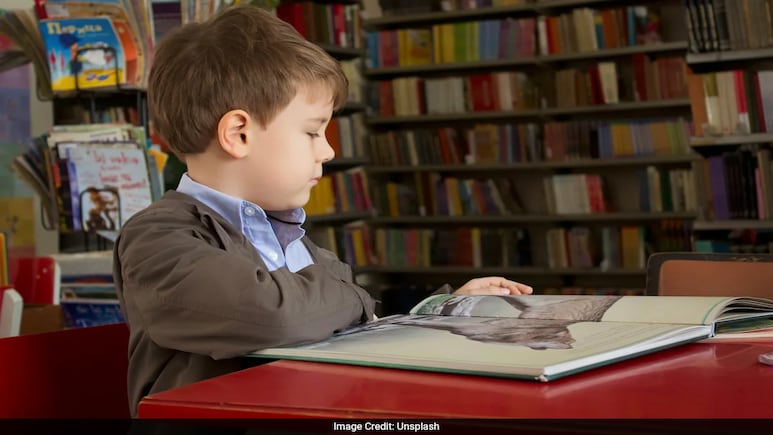
Do you want to know how schools in Denmark prepare students for life? Denmark's school system focuses on helping students learn useful skills for work and daily living. According to the European Commission website, education is mandatory for children between the ages of six and sixteen. This compulsory education lasts for ten years and includes one preschool year called level 0 and nine school years called levels 1 to 9. Students may also choose to attend the tenth level, which provides additional development opportunities and helps them transition to further education or the workforce. By emphasising practical skills and lifelong learning, Denmark's education system aims to equip students with the tools they need to succeed in their future endeavours.
Here is the breakdown of Denmark's education system:
Types of schools
1. Public schools or Folkeskole are free and run by local councils. Most children attend these schools.
2. Private schools follow national rules but may teach in a different way. Families can choose them.
3. International schools follow international programmes and help students who move between countries.
Early learning from six months to six years
Many children attend nursery or kindergarten. These places help children learn to play, talk, and get along with others. This makes it easier when they start school.
Primary and lower secondary school from age six to sixteen
School is compulsory from the age of six to sixteen. This includes one preschool year and nine school years. Students learn reading, mathematics, science, social studies, art, and teamwork. Folkeskole prepares students to choose their next step, such as upper secondary study or job training.
Home education
Parents can teach their children at home if the lessons are as good as those at school. Parents must inform the local council about where the teaching will take place and who will teach. The council monitors the teaching and can test the child once a year.
Upper secondary study from about age sixteen
After Folkeskole, students pick a path: general study or vocational training.
General programmes prepare students for university and are usually for ages sixteen to nineteen.
Vocational programmes teach job skills and often include work experience. These programmes can take several years and lead to skilled jobs.
Higher education from about age nineteen
To go to university, students usually need to finish upper secondary school.
Options include short technical courses, bachelor's degrees, master's degrees, and PhD programmes. Students can study practical subjects or do research.
Learning for adults
Adults can join classes like school subjects or job training. Options include evening classes, vocational courses, part-time college, and folk high schools. These choices help people change careers or learn new skills at any age.
Denmark's education system offers a diverse range of paths for students to learn and grow, catering to different interests and abilities. From early childhood education that emphasises play-based learning and hands-on activities to vocational training and university programmes, students have numerous opportunities to develop their skills and knowledge. At every step, students receive guidance and support, enabling them to make informed choices about their educational and career paths. This holistic approach helps students gain not only academic knowledge but also the confidence and practical skills they need to succeed in their future endeavours. By providing a nurturing and supportive environment, Denmark's education system empowers students to reach their full potential and thrive in an ever-changing world.
